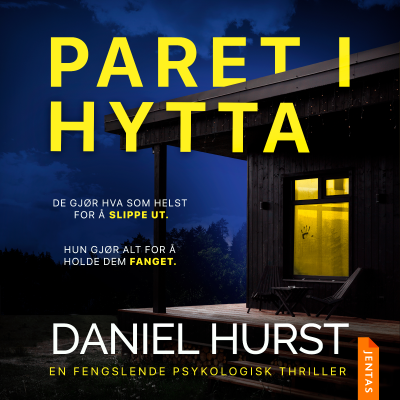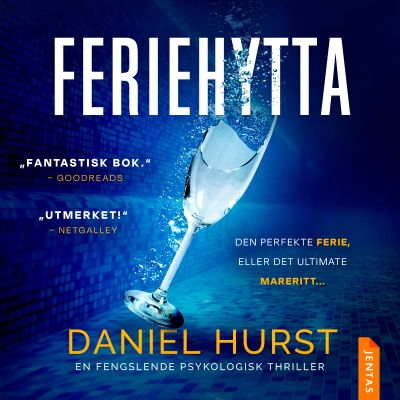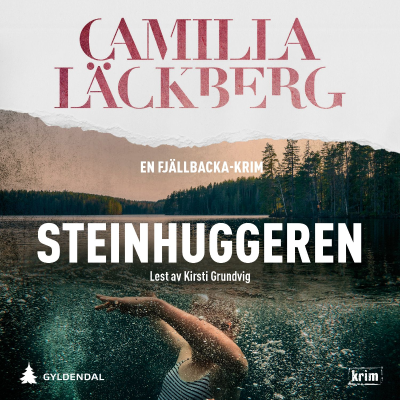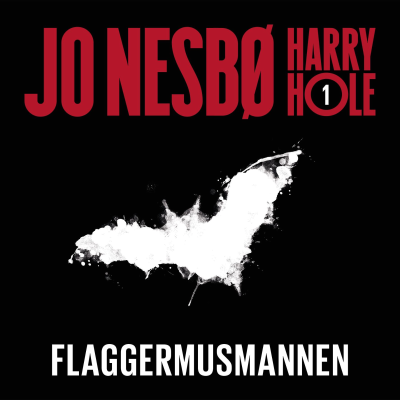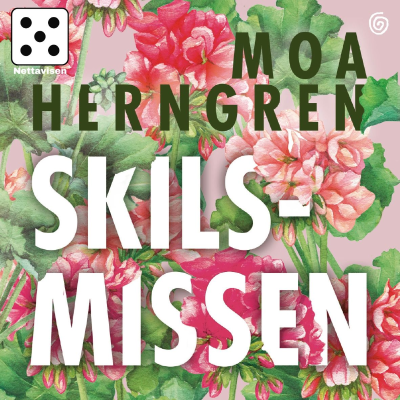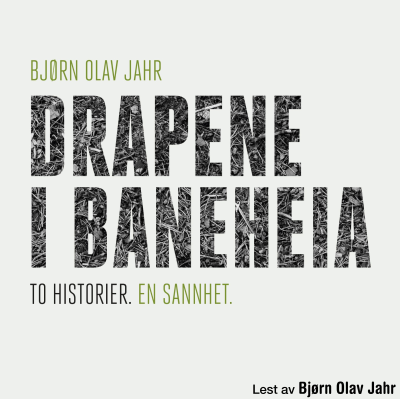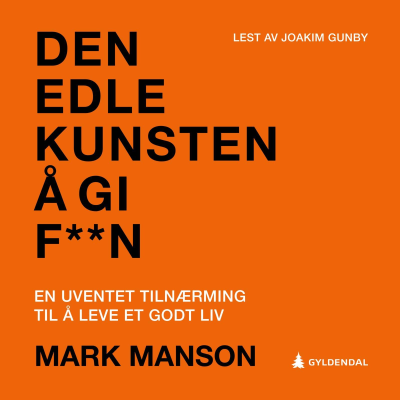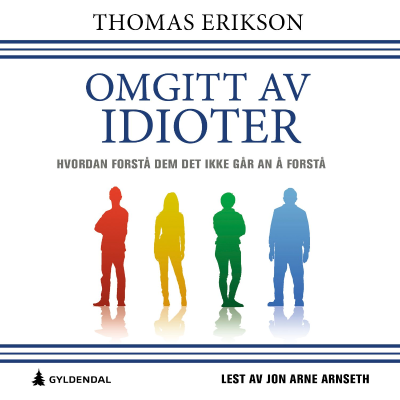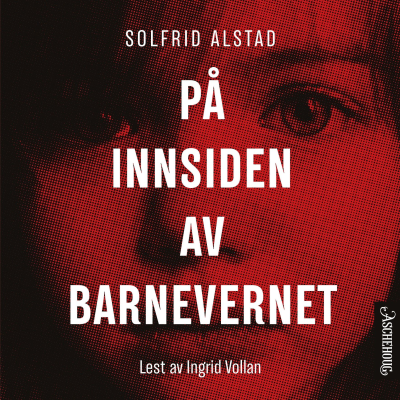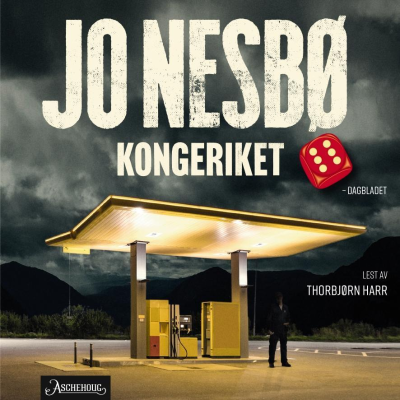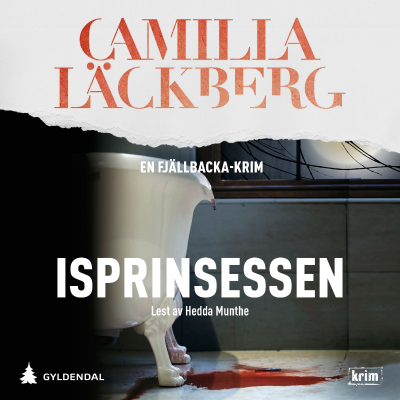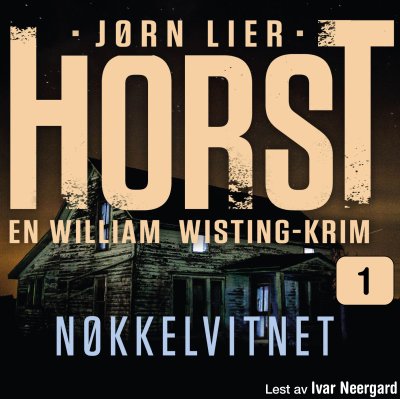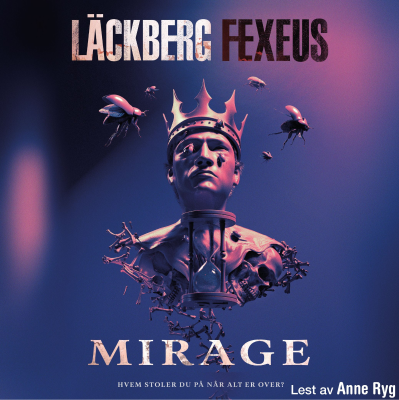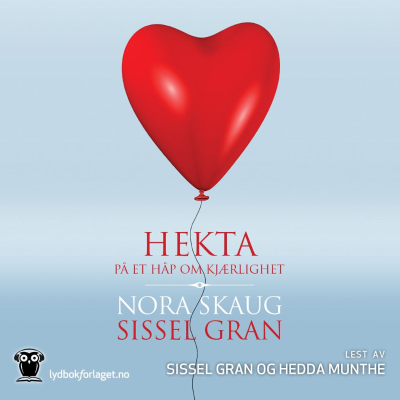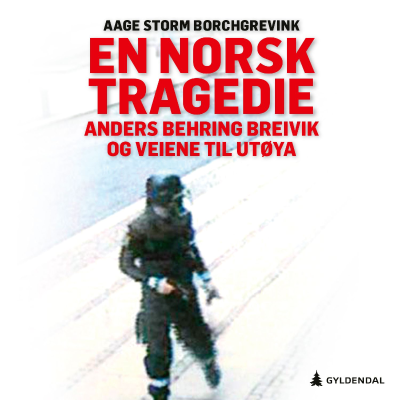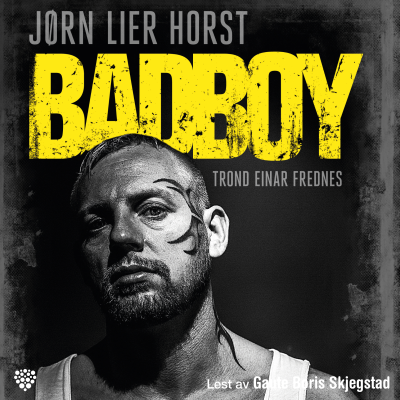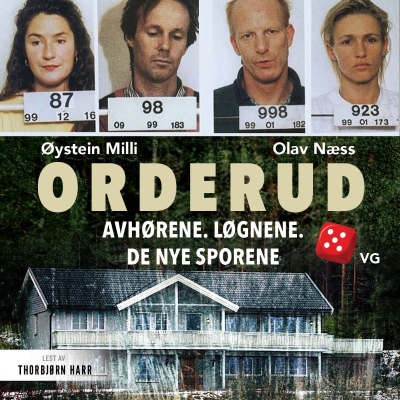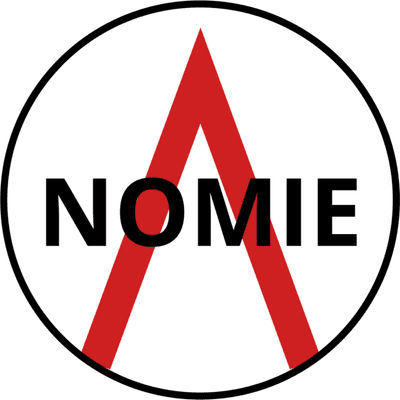
Anomie: Anarchy in the 21st Century
Podkast av Anomie Podcast
Prøv gratis i 7 dager
99,00 kr / Måned etter prøveperioden.Avslutt når som helst.

Mer enn 1 million lyttere
Du vil elske Podimo, og du er ikke alene
Rated 4.7 in the App Store
Les mer Anomie: Anarchy in the 21st Century
In a world dominated by Capitalism, three intrepid Anarchist friends from the North Atlantic Archipelago (Ireland, Scotland and begrudgingly England) journey to find truth, socialism and a Zoom handle that doesn't involve poop. The Anomie co-hosts met a decade ago as student activists in the UK and have graduated to unemployed armchair academics in Dublin. Each week they (and a rotating third host) discuss a different topic from both a historical and ideological perspective and try and relate it to the current dystopia of Corporate Feudalism.
Alle episoder
61 EpisoderThe Irish Republican Army (IRA; Irish [https://en.wikipedia.org/wiki/Irish_language]: Óglaigh na hÉireann [https://en.wikipedia.org/wiki/%C3%93glaigh_na_h%C3%89ireann]), also known as the Provisional Irish Republican Army, and informally as the Provos, was an Irish republican [https://en.wikipedia.org/wiki/Irish_republicanism] paramilitary [https://en.wikipedia.org/wiki/Paramilitary] organisation that sought to end British rule in Northern Ireland [https://en.wikipedia.org/wiki/Northern_Ireland], facilitate Irish reunification [https://en.wikipedia.org/wiki/United_Ireland] and bring about an independent, socialist [https://en.wikipedia.org/wiki/Socialist] republic [https://en.wikipedia.org/wiki/Republic] encompassing all of Ireland [https://en.wikipedia.org/wiki/Ireland]. It was the most active republican paramilitary group during the Troubles [https://en.wikipedia.org/wiki/The_Troubles]. It saw itself as the army of the all-island Irish Republic [https://en.wikipedia.org/wiki/Irish_Republic] and as the sole legitimate successor to the original IRA [https://en.wikipedia.org/wiki/Irish_Republican_Army_(1919%E2%80%931922)] from the Irish War of Independence [https://en.wikipedia.org/wiki/Irish_War_of_Independence]. It was designated a terrorist organisation [https://en.wikipedia.org/wiki/List_of_designated_terrorist_groups] in the United Kingdom and an illegal organisation in the Republic of Ireland [https://en.wikipedia.org/wiki/Republic_of_Ireland], both of whose authority it rejected. https://www.youtube.com/watch?v=R3scz1KD9eE&t=1s
The Kurdistan Workers' Party or PKK (Kurdish [https://en.wikipedia.org/wiki/Kurdish_language]: پارتی کرێکارانی کوردستان / Partiya Karkerên Kurdistan) is a Kurdish [https://en.wikipedia.org/wiki/Kurds] militant [https://en.wikipedia.org/wiki/Militant] political organization and armed guerrilla [https://en.wikipedia.org/wiki/Guerrilla_warfare] movement [https://en.wikipedia.org/wiki/List_of_guerrilla_movements], which historically operated throughout Kurdistan [https://en.wikipedia.org/wiki/Kurdistan], but is now primarily based in the mountainous Kurdish-majority regions of southeastern Turkey [https://en.wikipedia.org/wiki/Turkish_Kurdistan] and northern Iraq [https://en.wikipedia.org/wiki/Iraqi_Kurdistan]. Since 1984, the PKK has utilized asymmetric warfare [https://en.wikipedia.org/wiki/Asymmetric_warfare] in the Kurdish–Turkish conflict [https://en.wikipedia.org/wiki/Kurdish%E2%80%93Turkish_conflict_(1978%E2%80%93present)] (with several ceasefires between 1993 [https://en.wikipedia.org/wiki/1993_Kurdistan_Workers%27_Party_ceasefire] and 2013–2015 [https://en.wikipedia.org/wiki/2013%E2%80%932015_PKK%E2%80%93Turkey_peace_process]). Although the PKK once sought an independent Kurdish state, in the 1990s its aims shifted toward autonomy [https://en.wikipedia.org/wiki/Autonomy] and increased rights for Kurds [https://en.wikipedia.org/wiki/Human_rights_of_Kurdish_people_in_Turkey] within Turkey [https://en.wikipedia.org/wiki/Turkey].
Formed in 1970, the Red Brigades sought to create a revolutionary [https://en.wikipedia.org/wiki/Revolutionary] state through armed struggle [https://en.wikipedia.org/wiki/Armed_struggle], and to remove Italy from the North Atlantic Treaty Organization [https://en.wikipedia.org/wiki/North_Atlantic_Treaty_Organization] (NATO). The organization attained notoriety in the 1970s and early 1980s with their violent acts of sabotage [https://en.wikipedia.org/wiki/Sabotage], bank robberies [https://en.wikipedia.org/wiki/Bank_robbery], the kneecapping [https://en.wikipedia.org/wiki/Kneecapping] of certain industrialists, factory owners, bankers, and politicians deemed to be exploitative; and the kidnappings [https://en.wikipedia.org/wiki/Kidnapping] and/or murders of industrialists, prominent capitalists, politicians, law enforcement officials, and other perceived “enemies” of the working-class revolution. Nearly fifty people were killed in its attacks between 1974 and 1988. Models for the BR included the Latin American [https://en.wikipedia.org/wiki/Latin_America] urban guerrilla [https://en.wikipedia.org/wiki/Urban_guerrilla_warfare] movements and the World War II [https://en.wikipedia.org/wiki/World_War_II] Italian partisan [https://en.wikipedia.org/wiki/Italian_partisan] movement, which was itself a mostly leftist, anti-fascist [https://en.wikipedia.org/wiki/Anti-fascist] revolutionary movement that the BR saw itself as a continuation of, an example of a youthful anti-fascist minority using violent means for just ends. The group was also influenced by volumes on the Tupamaros [https://en.wikipedia.org/wiki/Tupamaros] published by Giangiacomo Feltrinelli [https://en.wikipedia.org/wiki/Giangiacomo_Feltrinelli], "a sort of do-it-yourself manual for the early Red Brigades". In the 1980s, the group was broken up by Italian investigators, with the aid of several leaders under arrest who turned pentito [https://en.wikipedia.org/wiki/Pentito] and assisted the authorities in capturing the other members. https://www.youtube.com/watch?v=cBruqMpk5-4 https://www.youtube.com/watch?v=lTmFgGOlqTM&ab_channel=Reddebrek
The Zapatista Army of National Liberation (Spanish [https://en.wikipedia.org/wiki/Spanish_language]: Ejército Zapatista de Liberación Nacional, EZLN), often referred to as the Zapatistas (Mexican Spanish pronunciation: [sapaˈtistas] [https://en.wikipedia.org/wiki/Help:IPA/Spanish]), is a libertarian socialist [https://en.wikipedia.org/wiki/Libertarian_socialism] political and militant group that controls a substantial amount of territory [https://en.wikipedia.org/wiki/Rebel_Zapatista_Autonomous_Municipalities] in Chiapas [https://en.wikipedia.org/wiki/Chiapas], the southernmost state of Mexico. Since 1994, the group has been nominally at war with the Mexican state (although it may be described at this point as a frozen conflict [https://en.wikipedia.org/wiki/Frozen_conflict]). In recent years, the EZLN has focused on a strategy of civil resistance [https://en.wikipedia.org/wiki/Civil_resistance]. The Zapatistas' main body is made up of mostly rural indigenous people [https://en.wikipedia.org/wiki/Indigenous_peoples_of_Mexico], but it includes some supporters in urban areas and internationally. The EZLN's main spokesperson is Subcomandante Insurgente Galeano [https://en.wikipedia.org/wiki/Subcomandante_Marcos], previously known as Subcomandante Marcos (a.k.a. Compañero Galeano and Delegate Zero in relation to "the Other Campaign [https://en.wikipedia.org/wiki/The_Other_Campaign]"). The group takes its name from Emiliano Zapata [https://en.wikipedia.org/wiki/Emiliano_Zapata], the agrarian revolutionary and commander of the Liberation Army of the South [https://en.wikipedia.org/wiki/Liberation_Army_of_the_South] during the Mexican Revolution [https://en.wikipedia.org/wiki/Mexican_Revolution], and sees itself as his ideological heir. Nearly all EZLN villages contain murals with images of Zapata, Ernesto "Che" Guevara [https://en.wikipedia.org/wiki/Che_Guevara], and Subcomandante Marcos.
The Liberation Tigers of Tamil Eelam was a Tamil [https://en.wikipedia.org/wiki/Sri_Lankan_Tamils] militant organization that was based in northeastern Sri Lanka [https://en.wikipedia.org/wiki/Sri_Lanka]. Its aim was to secure an independent state of Tamil Eelam [https://en.wikipedia.org/wiki/Tamil_Eelam] in the north [https://en.wikipedia.org/wiki/Northern_Province,_Sri_Lanka] and east [https://en.wikipedia.org/wiki/Eastern_Province,_Sri_Lanka] in response to the state policies [https://en.wikipedia.org/wiki/Origins_of_the_Sri_Lankan_civil_war] of successive Sri Lankan governments [https://en.wikipedia.org/wiki/Sri_Lankan_government] that were widely considered to be discriminatory towards the minority Sri Lankan Tamils, as well as the oppressive actions—including anti-Tamil pogroms [https://en.wikipedia.org/wiki/Pogrom] in 1956 [https://en.wikipedia.org/wiki/Gal_Oya_riots] and 1958 [https://en.wikipedia.org/wiki/1958_riots_in_Ceylon]—carried out by the majority Sinhalese [https://en.wikipedia.org/wiki/Sinhalese_people]. Initially starting out as a guerrilla force, the LTTE increasingly came to resemble that of a conventional fighting force with a well-developed military wing that included a navy, an airborne unit, an intelligence wing, and a specialised suicide attack unit. In particular, India's relationship with the LTTE was complex, as it went from initially supporting the organisation to engaging it in direct combat through the Indian Peace Keeping Force (IPKF), owing to changes in the former's foreign policy during the phase of the conflict. The LTTE gained global notoriety for using women and children in combat and carrying out a number of high-profile assassinations, including former Indian Prime Minister Rajiv Gandhi in 1991 and Sri Lankan President Ranasinghe Premadasa in 1993. Over the course of the conflict, the LTTE frequently exchanged control of territory in the north-east with the Sri Lankan military, with the two sides engaging in intense military confrontations. It was involved in four unsuccessful rounds of peace talks with the Sri Lankan government and at its peak in 2000, the LTTE was in control of 76% of the landmass in the Northern and Eastern provinces of Sri Lanka. Prabhakaran headed the organisation from its inception until his death in 2009. Between 1983 and 2009, more than 80,000 were killed in the civil war, of which many were Sri Lankan Tamils. 800,000 Sri Lankan Tamils also left Sri Lanka for various destinations, including Europe, North America, and Asia.

Rated 4.7 in the App Store
Prøv gratis i 7 dager
99,00 kr / Måned etter prøveperioden.Avslutt når som helst.
Eksklusive podkaster
Uten reklame
Gratis podkaster
Lydbøker
20 timer i måneden










